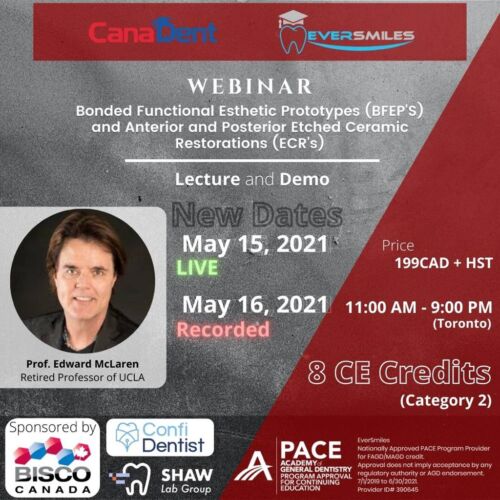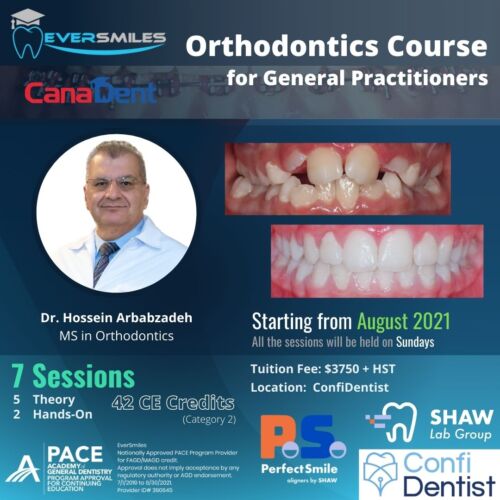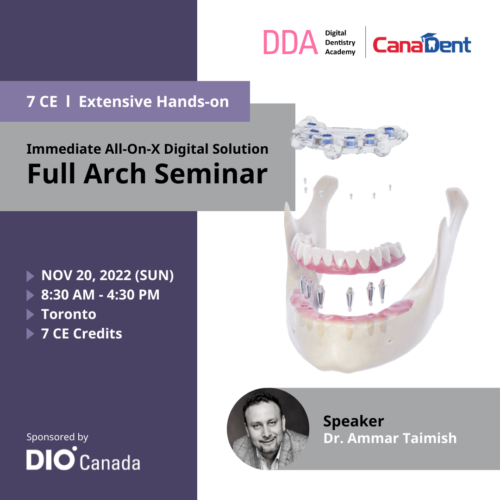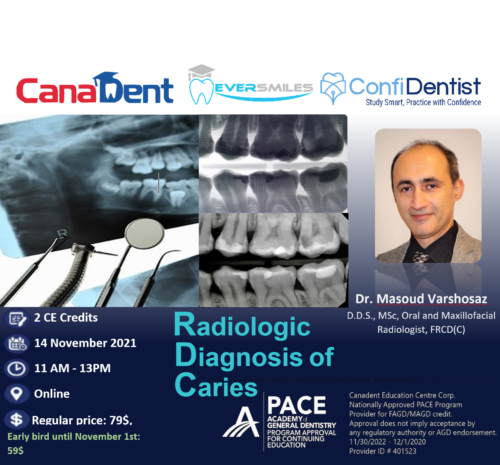Description
Endodontic Emergencies
Emergency need for dental care may arise from pathoses related to dental and surrounding tissues and must be distinguished from a patient’s desire to be seen urgently. Typically, conditions that require urgent appointments include severe pain and/or infection. Using a set of probing questions, the receptionist can differentiate between these two categories. Once the determination has been
made to see a patient on an emergency basis, care must be taken to obtain complete information
about the history of the condition, relevant medical history as well as data from clinical and
radiographic examinations. As tempting as it is to want to help a patient with pain or infection,
above all, a prudent clinician must do no harm. No treatment is better than rendering the wrong
treatment and to avoid mistakes; an accurate diagnosis is required before providing any
treatment.
OBJECTIVES
1. Knowing when a patient needs to be seen urgently
2. Proper collection of data
3. Steps to arrive at correct diagnosis
4. Best options for managing endodontic emergencies
5. Selection and use of medications, including analgesics and antibiotics, in endodontic
emergencies
During root canal treatment, clinicians use a combination of hand- and engine-driven instrument
with the overall goal of forming and debriding the root canal system. A variety of principles have
been established to ensure that clinical procedures are met with successful outcomes. This
presentation with provide both a brief overview of principles and recommendations for
contemporary practice.
According to well-established principles, the final canal shape should be a tapered funnel that
incorporates the original canal path and does not change the apical foramen in location and size.
This accomplished more easily in straight compared to curved canals. Specific instrument
sequences and strategies such as early coronal modification is more appropriate for curved
canals and adapted to the use of rotary / reciprocating instruments. Examples for specific
instrument designs and fabrication techniques will also be discussed, as they are relevant for
clinical handling. Evidence for specific step and principle will be provided.
Dental Trauma
Dental emergencies primarily consist of pulpal and periapical
inflammation and trauma. Dental trauma can occur in children as
well as in adults and constitutes about 5 % of all injuries. The most commonly occurring traumatic
injuries in children are luxation injuries and those in the adult population are crown fractures. As
a healthcare provider it is necessary to be able to recognize these injuries and treat them
adequately and appropriately to ensure a successful outcome. This presentation will focus on the
types of trauma, ways to recognize them, treatment modalities and differences in treatment
between a mature versus an immature tooth.
OBJECTIVES
1. Classify dental traumatic injuries.
2. Diagnostic modalities for dental trauma
3. Treatment modalities for the various types of traumatic injuries and their possible
complications.
Access cavity and cleaning and shaping
During root canal treatment, clinicians use a combination of hand- and engine-driven instrument
with the overall goal of forming and debriding the root canal system. A variety of principles have
been established to ensure that clinical procedures are met with successful outcomes. This
presentation with provide both a brief overview of principles and recommendations for
contemporary practice.
According to well-established principles, the final canal shape should be a tapered funnel that
incorporates the original canal path and does not change the apical foramen in location and size.
This accomplished more easily in straight compared to curved canals. Specific instrument
sequences and strategies such as early coronal modification is more appropriate for curved
canals and adapted to the use of rotary / reciprocating instruments. Examples for specific
instrument designs and fabrication techniques will also be discussed, as they are relevant for
clinical handling. Evidence for specific step and principle will be provided.
OBJECTIVES
It is anticipated that clinicians, after attending this presentation, will be able to:
1. describe objectives for biomechanical cleaning and shaping and explain how to
determine when these have been achieved.
2. discuss techniques for shaping canals that are regular or irregular in shape
3. apply evidence-based principles for instrument handling in their clinical practices
Obturation Techniques
Success in endodontic therapy is dependent on adequate instrumentation, disinfection, and
obturation of the root canal system. The objective of obturation is to create a watertight seal
along the length of the root canal system from the orifice to the apical termination. Obturation
prevents leakage of microorganisms and their byproducts into the root canal system from a
coronal direction and leakage of periapical tissue fluids into the root canal system from an apical
direction. A periapical lesion may heal at least temporarily after root canal debridement without
obturation (2). The presenters will review the goals of the obturation, when to obturate, removal
of smear layer, obturation materials, obturation techniques, and future directions in obturation
techniques and materials.
Objectives:
1. Explain the objectives of root canal obturation.
2. Explain the rationale for smear layer removal.
3. List the ideal properties of an obturation material.
4. Identify obturation materials
5. Explain how to perform different obturation techniques
Restoration of Endo treated teeth
Endodontic therapy is predictable. However, for success the teeth need to be restored to their
previous form and function. Prior to endodontic therapy, restorability must be determined; this
involves careful evaluation of the existing tooth structure, including removal of all caries along
with any existing restorations, both to reduce the risk of marginal leakage during treatment1 and
to reveal the amount of sound tooth structure. Specific restorative options must be evaluated
based on functional demand and remaining tooth structure. This presentation will provide answers
to the most frequently asked questions regarding the restoration of endodontically treated teeth
considering the contemporary evidence and clinical practice.
Objectives:
1. Determine which endodontically treated teeth need crowns.
2. Describe the effect of post and cores upon endodontically treated teeth.
3. Identify the design characteristics and clinical procedures that create optimal success when
restoring root canal treated teeth with posts and cores.
for more information, please download the webinar Brochures: TheA,B,CofEndodonticPractice







Reviews
There are no reviews yet.